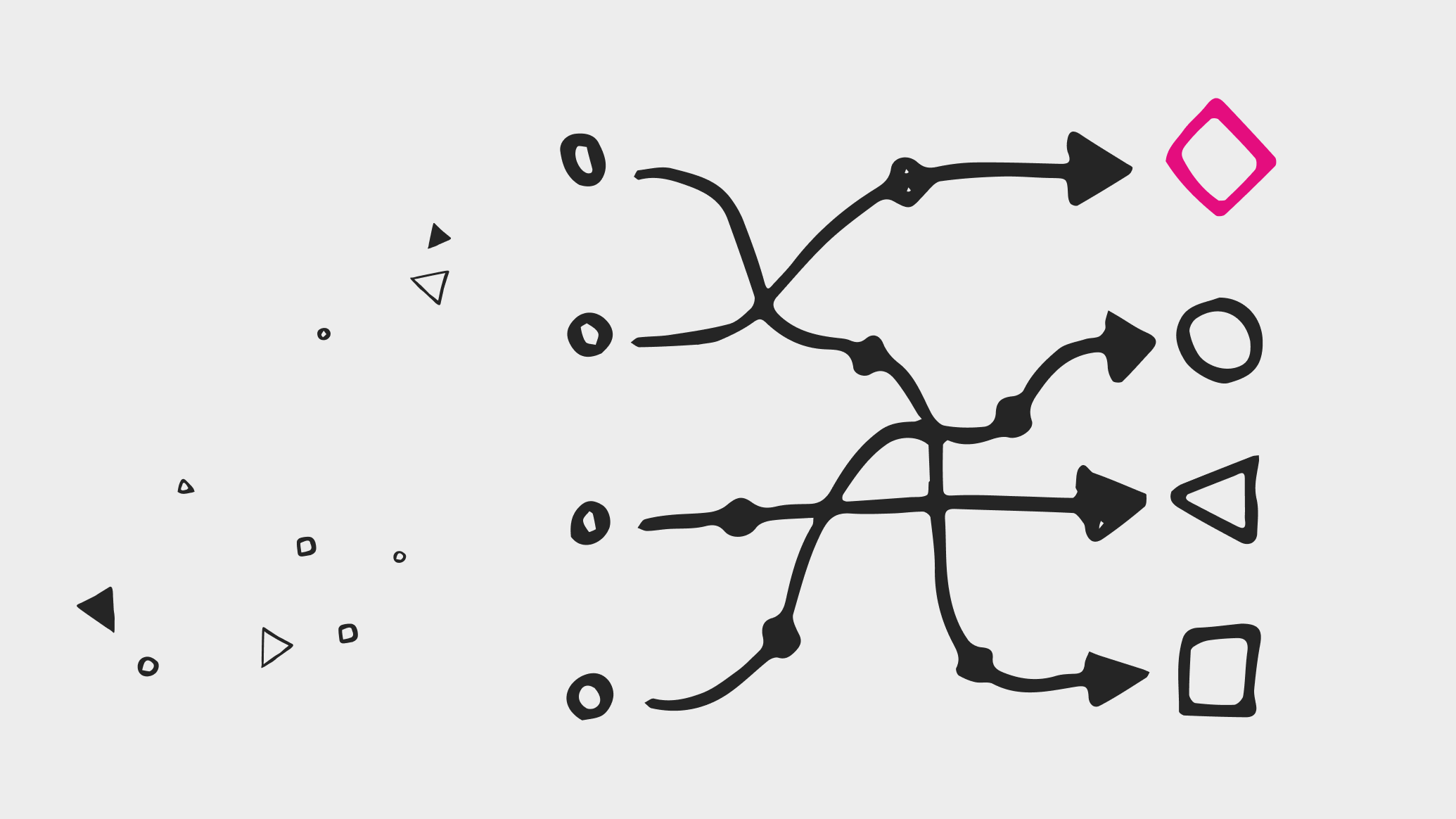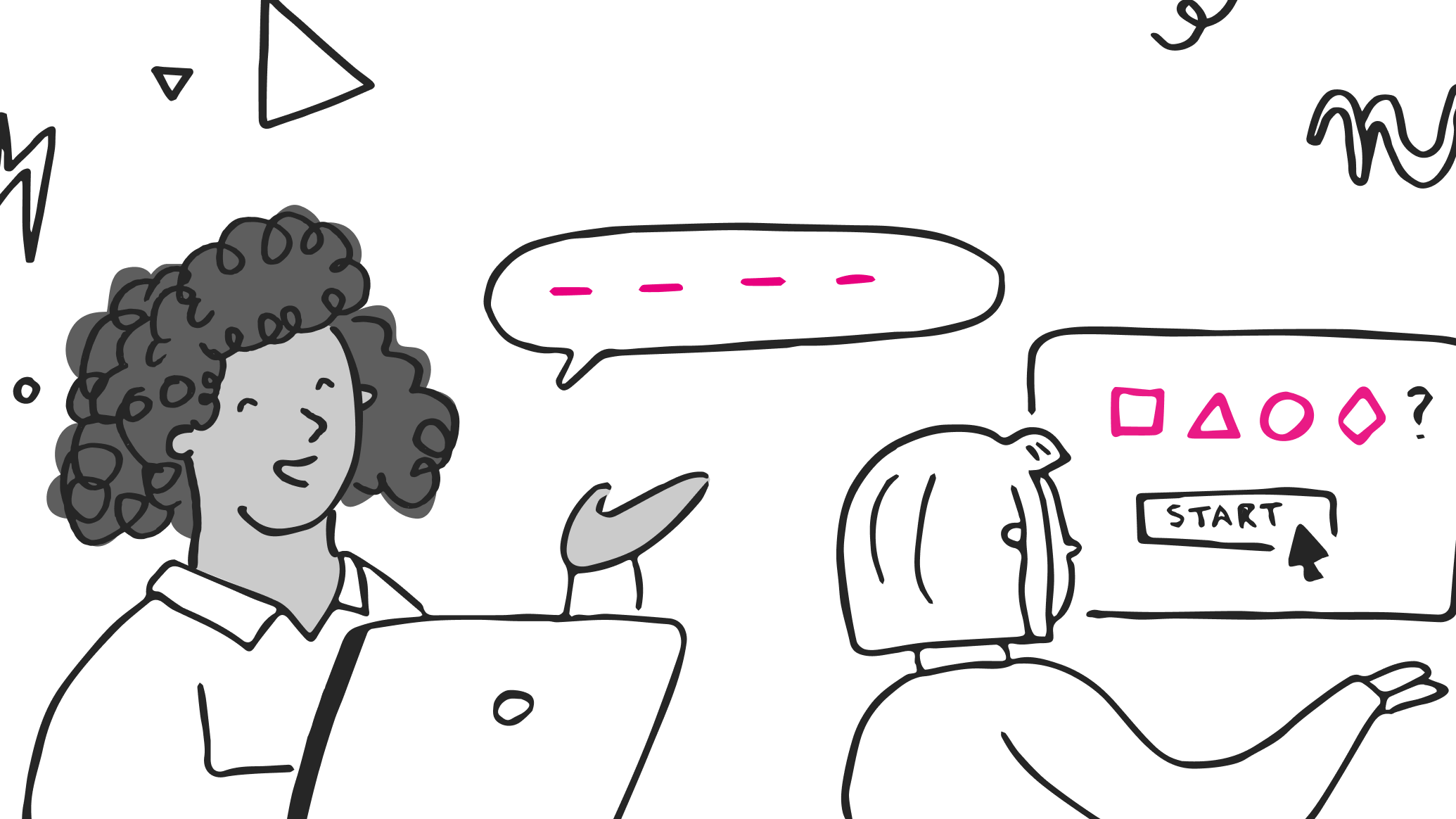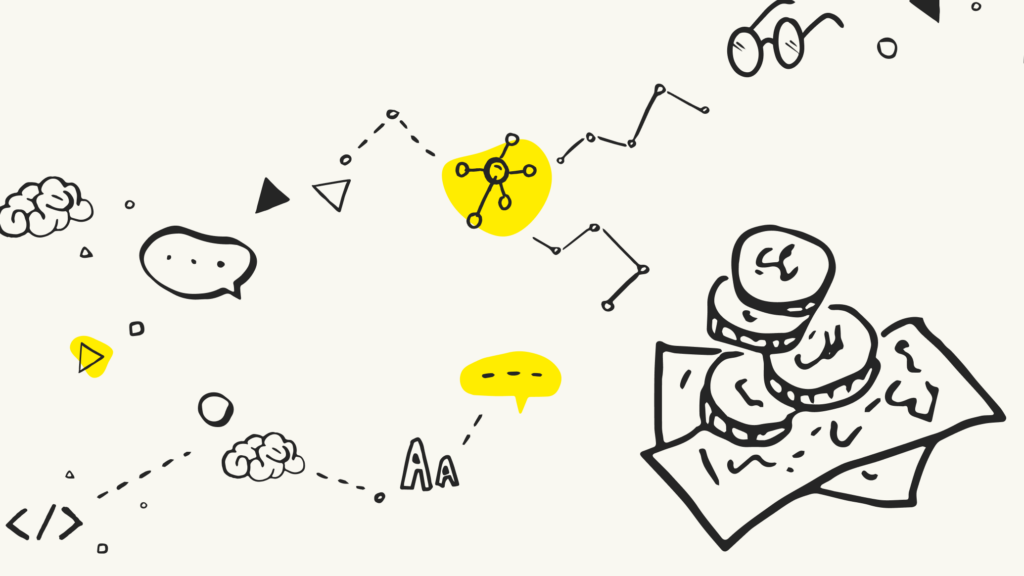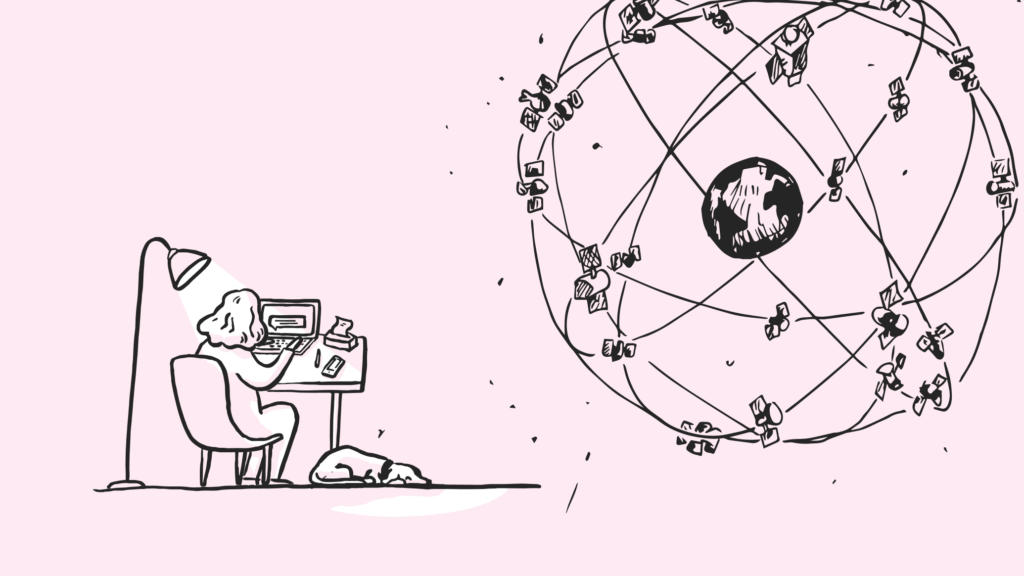
Usability testing involves observing users as they interact with prototypes, evaluating how easily and efficiently they can complete tasks. By conducting usability tests with prototypes, designers can gain valuable insights into the user experience, identify pain points, and make informed design decisions. The interactive nature of prototypes allows users to provide feedback and highlights areas that may require improvement.
Choosing the right prototype is essential in the design process, allowing designers to refine their ideas and collect valuable feedback early on. With various prototyping options, tools and software at their disposal, designers need to align their research goals with the prototyping approach to fully leverage its benefits.
Understanding the impact of prototypes
Prototypes serve as tangible representations of design ideas, allowing designers to visualise concepts and communicate effectively. By selecting the appropriate prototype, designers can improve the quality of usability testing resulting in an overall improved user experience.
Prototypes come in various forms, each offering unique benefits throughout the design process.

Prototype fidelity
Prototypes can take various forms and may not resemble the final product in terms of appearance. This is where the concept of fidelity comes into play. Fidelity in prototyping refers to the level of detail and realism used to represent the look and feel of the final product. It determines how accurately the prototype conveys the visual aspects and overall user experience. In simpler terms, fidelity reflects the extent to which a prototype captures the essence and realism of the final product, considering factors like level of detail and accuracy in its representation.
Low-fidelity prototypes
Low-fidelity (lo-fi) prototypes, often created with paper, wireframes or basic mockups, provide designers with quick and flexible options for exploring and iterating on design concepts. These prototypes prioritise core functionality and user experience over intricate visual details.
Conducting usability testing with low-fidelity prototypes at the early stages helps identify usability issues promptly, enabling designers to address them before significant time and resource is invested. Low-fidelity prototypes, characterised by their unfinished appearance, can actually be advantageous during initial research stages. Their simplicity and lack of polished visuals encourage user input and suggestions, fostering an open and collaborative conversation. By presenting an unfinished design, designers can create an environment that encourages users to provide valuable feedback and contribute ideas, ultimately enriching the design process.
High-fidelity prototypes
High-fidelity (hi-fi) prototypes are highly detailed and closely resemble the final product. They feature realistic visuals, interactive elements, animations, and may even include real data integration. High-fidelity prototypes aim to provide an experience that closely emulates the final product, allowing for comprehensive usability testing and evaluation.
High-fidelity prototypes are typically used in the later stages of the design process when the core functionality and user experience have been validated and refined. By providing a realistic representation, these prototypes help identify any usability issues, validate design decisions, and refine the user experience. They can also be used to provide stakeholders and developers with a polished and detailed final version of the design for review, sign-off or handoff to ensure consistency between design and the end result.
Prototyping tools
In contemporary design practices, digital prototypes have emerged as the predominant form of prototyping. Today, designers have access to a diverse range of specialised software, enabling them to craft visually captivating and dynamic prototypes. These digital prototypes possess the capability to incorporate immersive interactive effects and intricate animations, empowering designers to create prototypes that closely emulate the final product experience and captivate stakeholders and users alike.
InVision prototype
InVision is a popular prototyping tool that transforms static designs into interactive prototypes. It allows designers to create clickable and interactive prototypes that simulate user interactions and workflows. The tool facilitates collaboration by allowing stakeholders and team members to provide feedback directly on the prototype. Usability testing with InVision prototypes offers an immersive experience for users, enabling them to navigate a realistic representation of the final product.
Figma prototype
Figma is another widely-used design tool that offers robust prototyping capabilities. Designers can create interactive prototypes, define user flows and simulate micro-interactions. Its real-time collaboration features foster seamless teamwork, making it an excellent choice for usability testing. By incorporating user feedback and conducting iterative tests, we can refine the prototype and improve the overall user experience.
Adobe XD
Much like Figma and InVision, Adobe XD offers a range of features for creating realistic transitions, interactive elements and micro-interactions. Adobe XD integrates seamlessly with other Adobe Creative Cloud apps, making it a preferred choice for designers who work within the Adobe ecosystem.

Sketch
Sketch is a popular design tool used for creating user interfaces, and it also offers prototyping capabilities. While its features aren’t as advanced as some other dedicated prototyping tools, Sketch’s simplicity and ease of use make it a favourite among many designers for creating basic interactive prototypes.
Axure RP
Axure RP is a powerful prototyping tool that allows designers to create interactive and highly-functional prototypes. It offers extensive features for creating complex interactions, conditional logic, and dynamic content – way beyond that of the previously mentioned tools. Although it has fewer design features, Axure RP is commonly used for prototyping complex web applications and enterprise software.
Coded prototype
Coded prototypes offer a high level of fidelity and interactivity, as they can closely mimic the behaviour and functionality of the actual product. By using code, designers have more control over the user interface, interactions and data processing. Coded prototypes can be created using various programming languages and frameworks, depending on the specific needs of the project. Kits such as the GOV.UK Prototype Kit allow designers, user researchers and product owners to utilise templates and common components to quickly design and prototype government services.
Can we help you?
Choosing the right prototype for usability testing is crucial to the success of any design project. Our expert team can help you make informed decisions when selecting prototypes, explore different tools and software options and prioritise usability so you can deliver exceptional user experiences. Get in touch today to learn more about how we can help.
We drive commercial value for our clients by creating experiences that engage and delight the people they touch.
Email us:
hello@nomensa.com
Call us:
+44 (0) 117 929 7333




